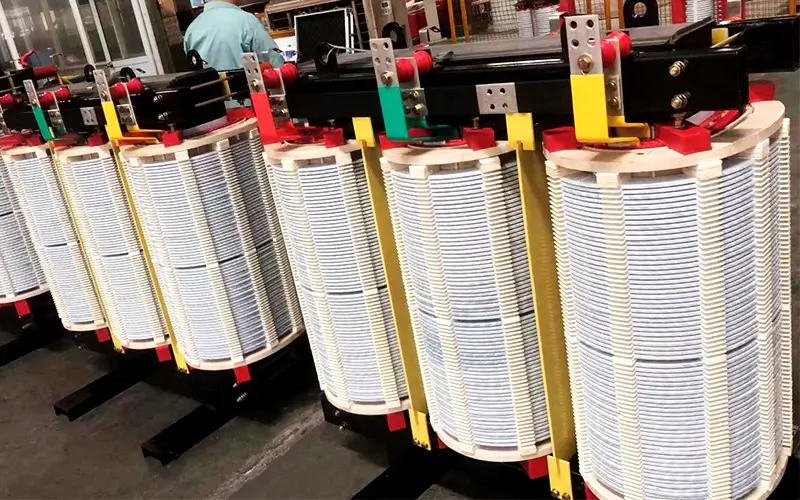What is partial discharge in transformer?
Partial discharge is mainly the discharge of internal insulation of transformers, mutual inductors and other high-voltage electrical equipment under the action of high voltage. This discharge only exists in the local position of the insulation and will not immediately form a breakdown or flashover of the entire insulation, so it is called partial discharge. The amount of partial discharge is very weak and cannot be detected by human intuition, such as observation and hearing. Only highly sensitive partial discharge measuring instruments can detect it. The internal insulation of the transformer is under the action of working voltage for a long time during operation. Especially with the increase of voltage level, the electric field strength value of the insulation is very high. It is easy to produce partial discharge at the weak insulation. The reason for partial discharge is: the electric field is too concentrated at a certain point, or the electric field strength at a certain point is too large, such as bubbles in the solid medium, impurities are not removed; the oil contains water, gas, and suspended particles; different medium combinations have serious electric field distortion at the interface. The traces of partial discharge often leave only a small spot or a tree-shaped burn mark on the solid insulation. In the oil, some decomposed small bubbles appear. Although the local discharge time is short and the energy is small, it is very harmful. Its long-term existence will have a great destructive effect on the insulating material. First, the insulating material adjacent to the local discharge is directly bombarded by the discharge particles, causing local insulation damage. Second, the chemical action of active gases such as heat, ozone, and nitrogen oxides generated by the discharge causes local insulation to corrode and age, increase conductivity, and eventually lead to thermal breakdown. The aging and damage of the internal insulation of the transformer in operation mostly start from local discharge.
The detection methods of transformer local discharge are generally:
1. Electrical measurement method.
Use an oscilloscope or radio interference meter to find the characteristic waveform of the discharge or the degree of radio interference.
2. Ultrasonic measurement method.
Detect the sound waves that appear in the discharge, convert the sound waves into electrical signals, record them on tape for analysis, and use the difference in the transmission time of electrical signals and acoustic signals to obtain the distance from the detection point to the discharge point.
3. Chemical measurement method.
Detect the content of various dissolved gases in the oil and the law of increase and decrease. This test method can detect changes in the composition, proportion and quantity of oil, thereby determining whether there is partial discharge (or local overheating).
In addition, in recent years, a partial discharge online detector has been developed that can automatically detect partial discharge during transformer operation.
To prevent the occurrence of partial discharge, the manufacturer should design the transformer reasonably; carefully construct, improve the purity of materials, and strictly handle the quality of each link. The operating unit should strengthen the maintenance and monitoring of the transformer to effectively prevent the occurrence of partial discharge in the transformer.





